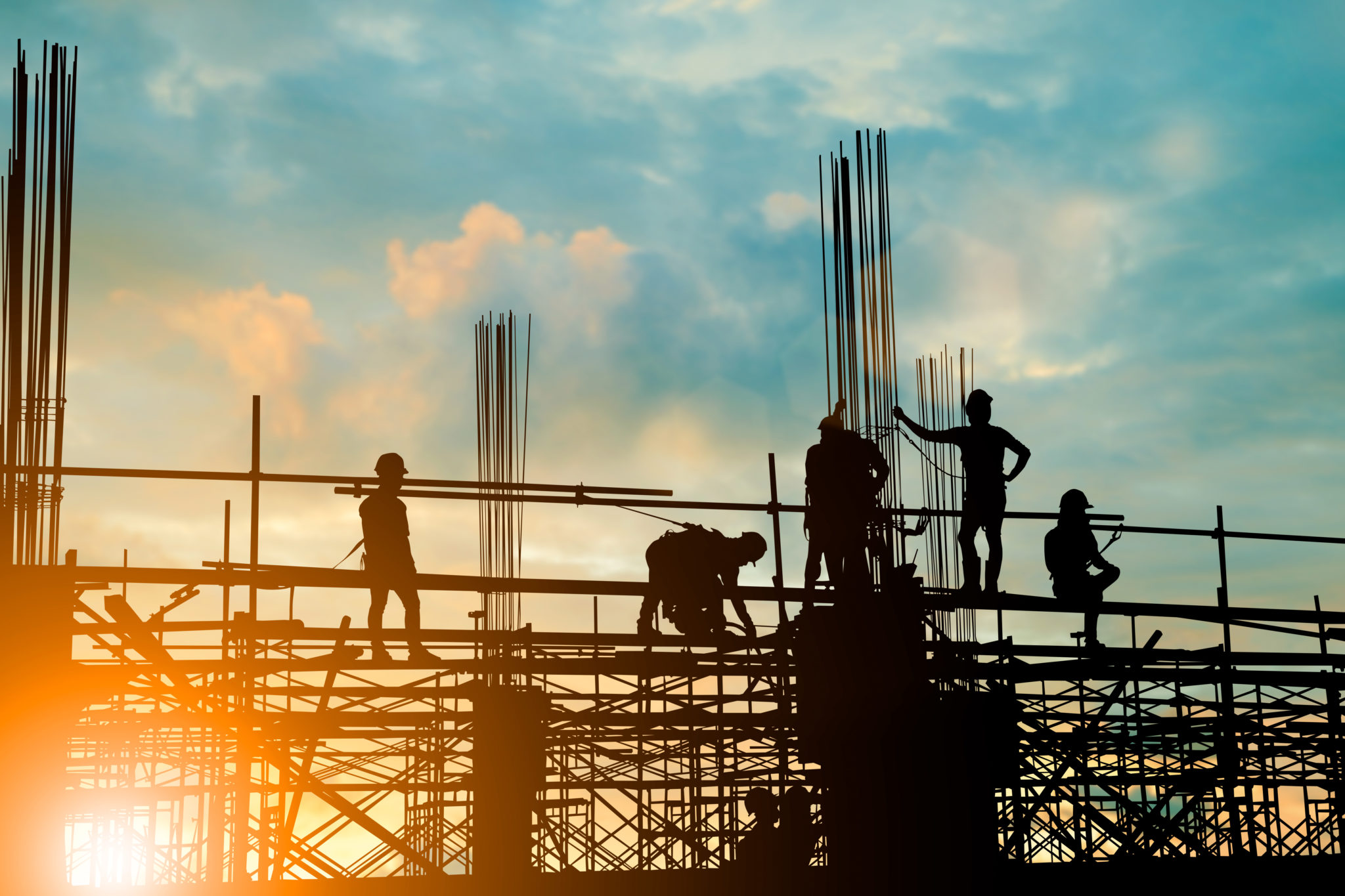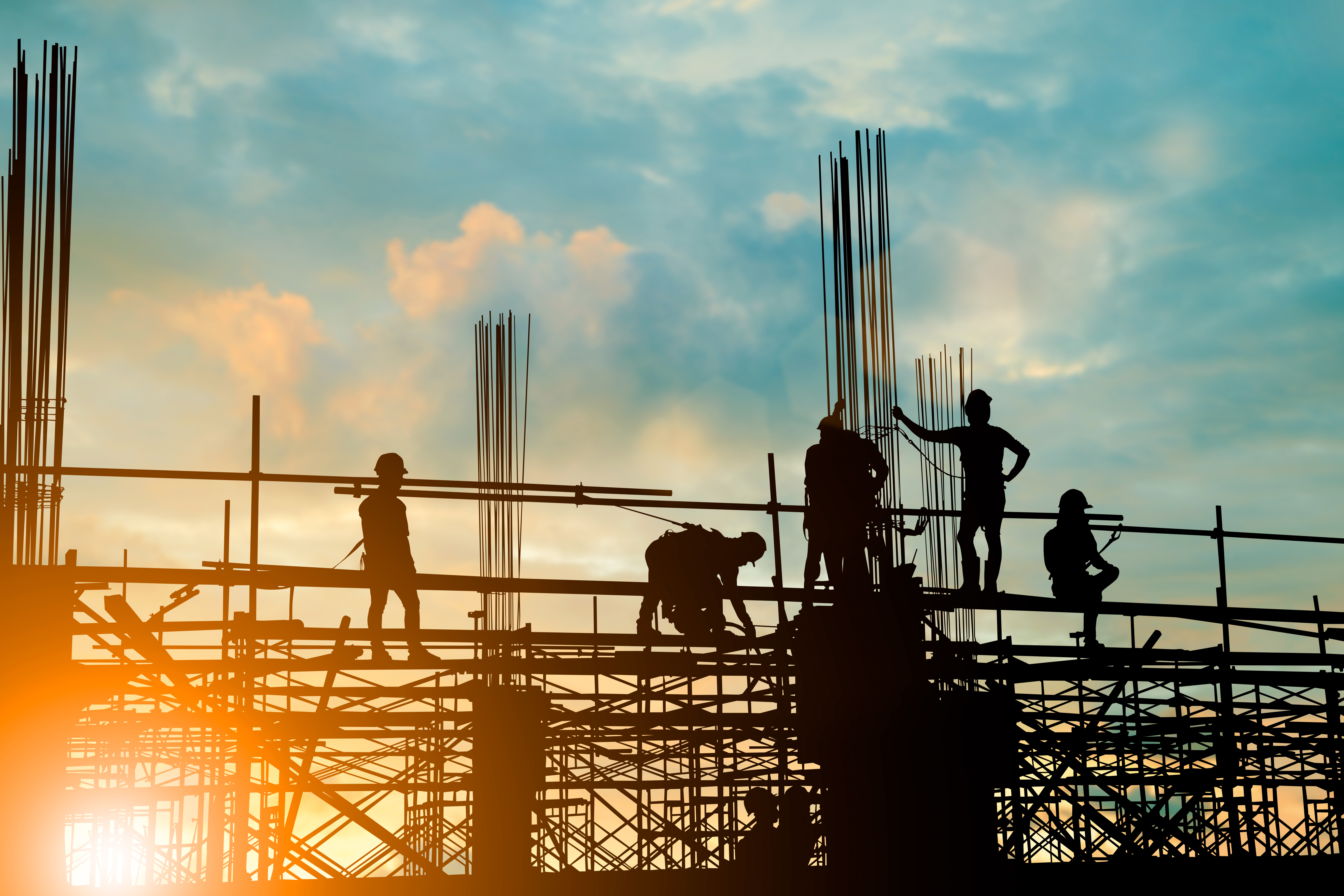
 The main purpose of building and fire codes is to ensure the quality and safety of commercial and residential building structures. These codes set the minimum requirements to safeguard the occupants of a building, and to protect the building structure from various threats and exposures. One of the many threats to any building and its occupants, is the threat of fire.
The main purpose of building and fire codes is to ensure the quality and safety of commercial and residential building structures. These codes set the minimum requirements to safeguard the occupants of a building, and to protect the building structure from various threats and exposures. One of the many threats to any building and its occupants, is the threat of fire.
In America, one of the earliest building codes was written by fire insurance underwriters in the early 1900’s and was directed toward protecting the building, rather than the occupants, specifically against the threat of fire. Later, occupant safety features and requirements for egress/exits, smoke control, interior finish, fire cutoffs, and fire alarm systems were added to improve life safety from fire.
The “rules” concerning the required life safety features for buildings are covered in building and fire codes. Building codes control and integrate fire safe design and fire prevention into the construction of the building and systems that are installed. Fire codes dictate fire prevention on an on-going basis beyond the period of initial design and construction.
It is useful to understand the relationship between building codes and fire codes. According to Wikipedia the purpose of building codes is to “provide minimum standards for safety, health, and general welfare, including structural integrity, mechanical integrity (including sanitation, water supply, light, and ventilation), means of egress, fire prevention and control, and energy conservation.” Building codes, for example, dictate the number, location, and design of egress/exits from a building.
Fire codes deal with on-going concerns, “aimed primarily at preventing fires, ensuring that necessary training and equipment will be on hand, and that the original design basis of the building, including the basic plan set out by the architect, is not compromised. The fire code also addresses inspection and maintenance requirements of various fire protection equipment to maintain optimal active fire protection and passive fire protection measures.” Fire Codes, for example, are concerned with making sure the exits are not blocked and doors are not locked.
Building codes and fire codes are frequently enacted into law at the state or local level and noncompliance with building or fire codes adopted within a jurisdiction can result in legal action.
While building codes and fire codes specify the minimum requirements, standards establish the engineering or technical requirements and provide the “how to” for achieving compliance with the minimum requirements. Generally, the codes tell you what you must do, and the standards tell you how to do it.
For example, the building code may require installation of a sprinkler system, but NFPA 13 or FM DS 3-26, FM DS 8-9, and FM DS 2-0 standards will tell you how the sprinkler system should be designed and installed to comply with the building code minimum requirements in a manner satisfactory to the Authority Having Jurisdiction (AHJ).
NFPA defines the term Authority Having Jurisdiction (AHJ) as follows: “An organization, office, or individual responsible for enforcing the requirements of a code or standard, or for approving equipment, materials, an installation, or a procedure.” An AHJ could be a federal, state, regional, or local department or individual, such as a building official, fire marshal, fire prevention bureau, etc. with statutory authority. Other AHJs include company representatives, consultants hired by a company to represent their interests, or insurance representatives.
For fire life safety in the U.S., there are various building codes and fire codes, that may be adopted in a given jurisdiction to address construction, protection, and other occupancy-specific features that are needed for life safety in building structures. Some examples include:
- The International Building Code (IBC), by the International Code Council (ICC)
- NFPA 5000 – Building Construction and Safety Code, by the National Fire Protection Association (NFPA)
- The International Fire Code (IFC), by the International Code Council (ICC)
- NFPA 1 – Fire Code, by the National Fire Protection Association (NFPA)
- NFPA 101 – Life Safety Code, by the National Fire Protection Association (NFPA)
While there are some key differences between their scope, purpose, content, requirements, and philosophy, the documents generally address the occupant safety features required for egress/exits, building systems like smoke control, interior finish, compartmentation, fire protection, and fire alarm systems for the jurisdictions in which these codes have been adopted.
Many of the requirements in these codes were created from painful lessons learned the hard way, since many changes that have been made to building codes historically, were a direct reaction to tragic events. There is a certain resolve after a tragedy, that spurs people to action, in an attempt to prevent a reoccurrence of the same tragedy in the future.
In this series, we will examine several historic fires, the lessons they taught us, and the changes they spurred in the building codes.
We will review the following historic fires in this series: The Iroquois Theater fire in Chicago, IL (1903), the Triangle Shirtwaist Factory fire in New York, NY (1911), and the Cocoanut Grove nightclub fire in Boston, MA (1942).

